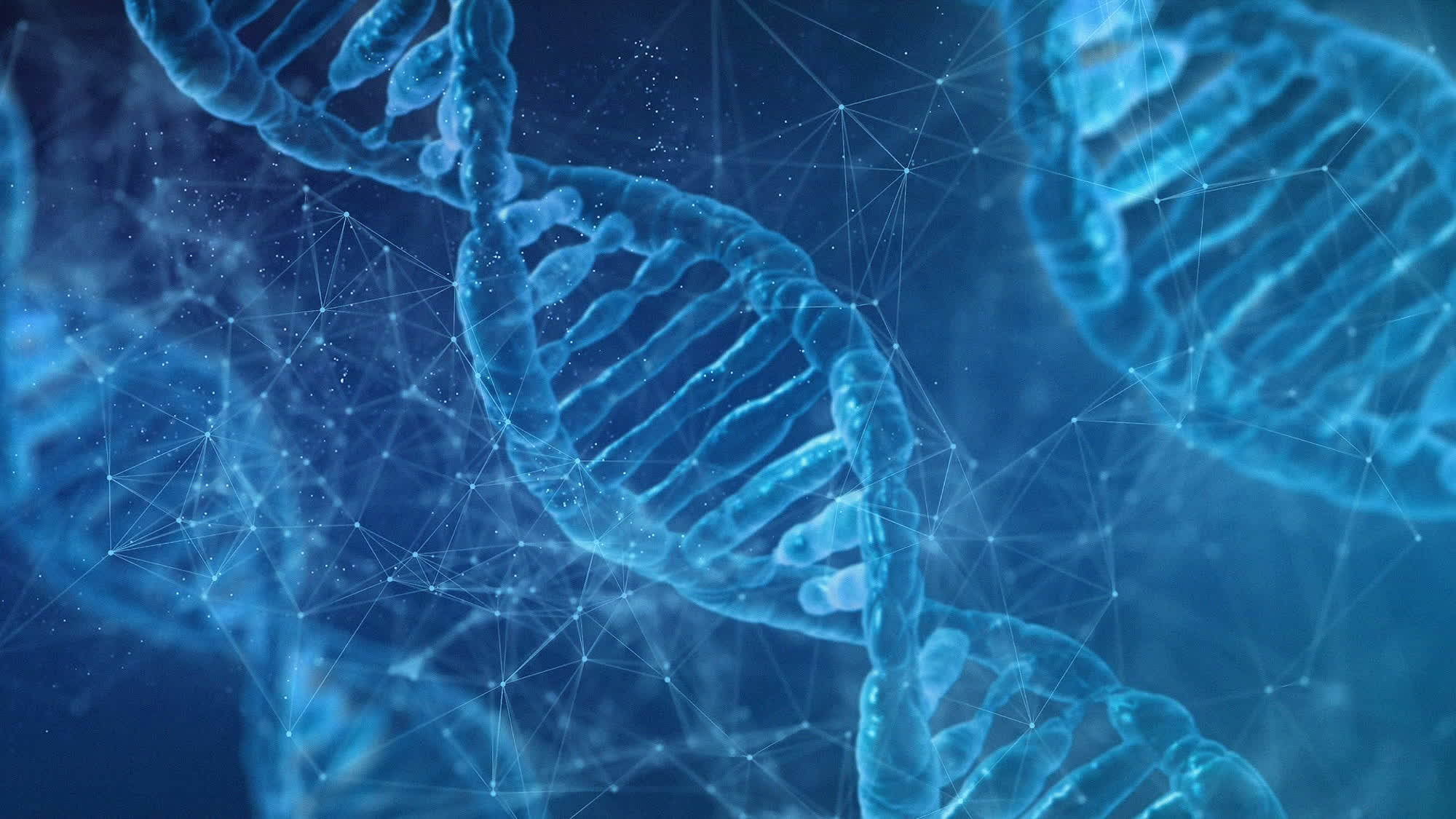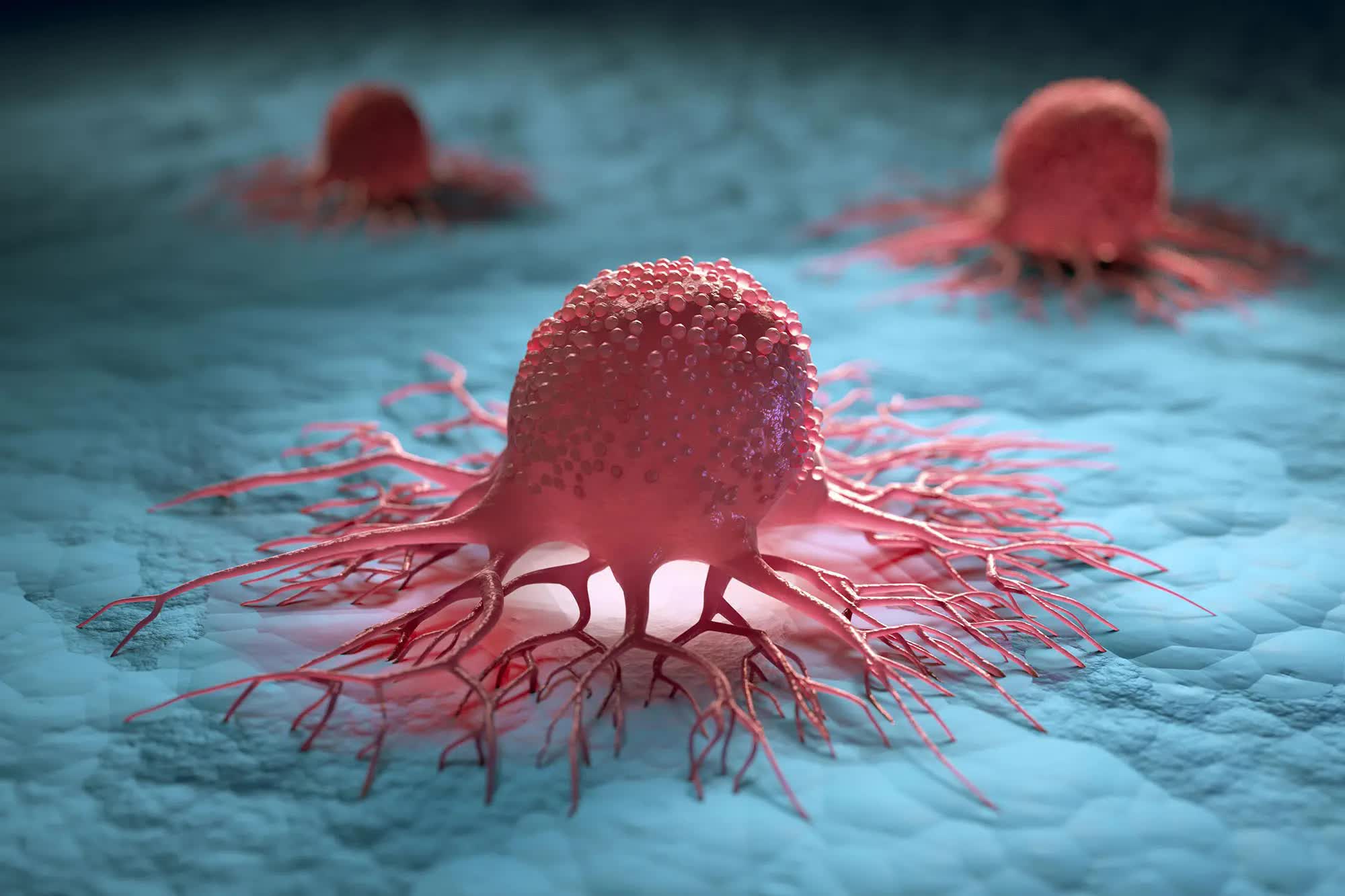Something to look forward to: A multi-disciplinary team of researchers has pinpointed the major role played by extrachromosomal DNA in the evolution of carcinogenic diseases. This kind of "external" oncogenes make cancer drug-resistant, and it could become one of the main targets for new and effective treatments in the future.
Extrachromosomal DNA, or ecDNA, is a piece of genetic material found outside of chromosomes in human cells. Chromosomes are the main repository for normal genetic material, providing instructions on how to behave, function or reproduce to the aforementioned cells. Genes that are found outside of chromosomes in other parts of the cell (besides Mitochondrial DNA) are a sign of potential carcinogenic activity, and they could very well be the main reason behind drug-resistance achieved by some of the most serious cancers known today.
A team of chemists, biologists, geneticists, mathematicians, and immunologists from California, UK and research centers in other parts of the world has discovered the fundamental role played by ecDNA in the spread and relapse of cancer. According to Howard Chang, a geneticist at Stanford University, oncogenes "hidden" inside ecDNA snippets of genetic material act like true "Bond villains" when it comes to making cancer such a difficult disease to treat and cure.
In a James Bond film, Chang explained, at first "you see different explosions, killings and disasters occurring" with no apparent explanation or main culprit. Later, "you finally meet the villain who is revealed to be the agent of all this mayhem." In this sense, ecDNA could be the main culprit for the strange behaviors scientists have seen in patients, like cancers spreading with unanticipated speed, drug-resistant tumors and relapses of previously cured cancers.

When normal genes stored in chromosomes start to behave erratically, cells can divide uncontrollably and turn into (benign) tumors or cancers. These so-called oncogenes can be targeted by specific drugs or therapies, but some of the most aggressive forms of cancer can develop a resistance to those drugs after a while. The secret recipe for cancer spreading, as it turns out, is that oncogenes hide within ecDNA before becoming active again.
Thanks to ecDNA, professor Charlie Swanton of the Francis Crick Institute in London said, oncogenes can almost completely disappear from a tumor and then come back after a patient stopped drug treatments. By using ecDNA, the "Bond villains" of carcinogenic activity can achieve "almost infinite adaptability."
The team of scientists received funding from the Cancer Grande Challenges initiative, a UK-registered charity created to promote progress in the global research against some of cancer's "toughest challenges." Now that ecDNA has been identified as a fundamental element for cancer research, scientists think they will have a lot of work to do in the coming years. Chang said that a first protein holding ecDNA together has been identified already.
